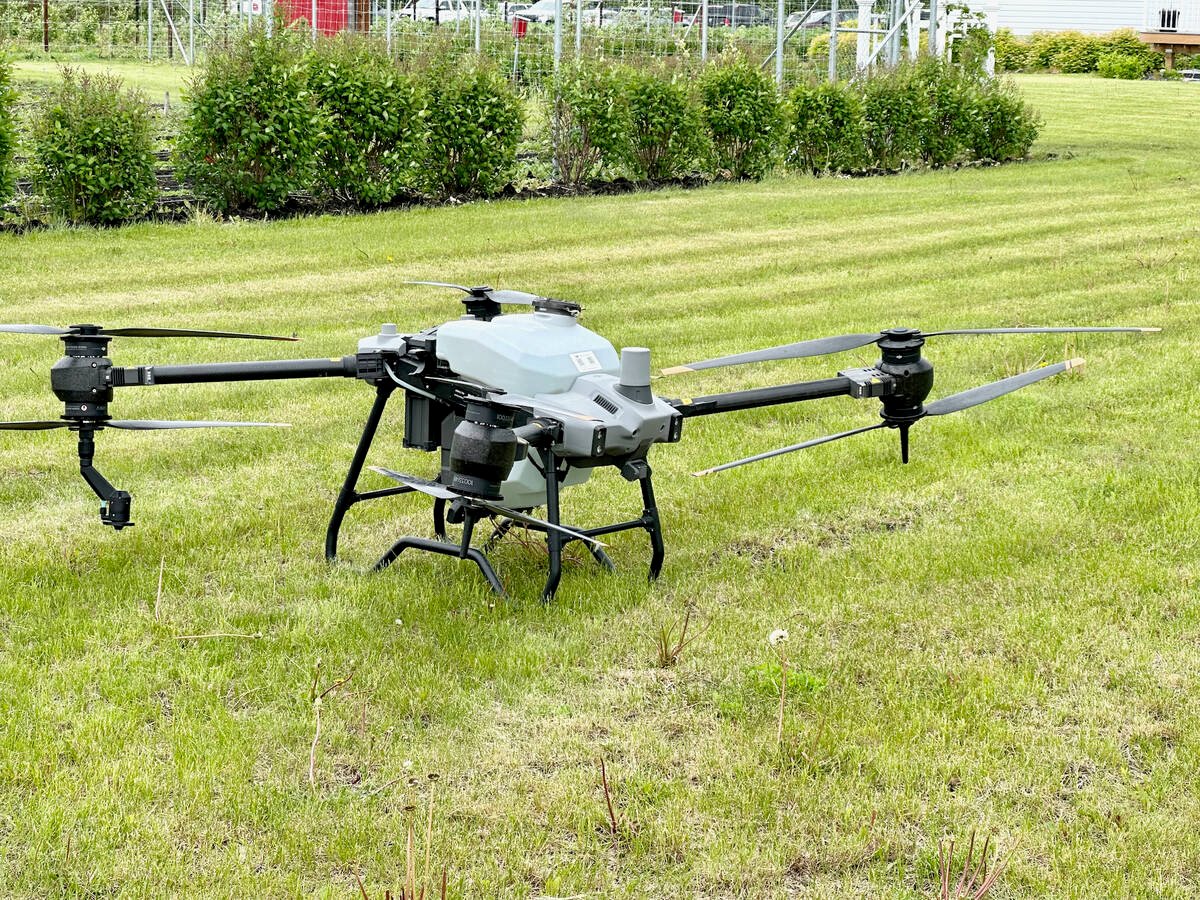New Baltic ports would reduce grain reliance on Black Sea routes as country aims for 50 per cent boost in ag exports
MOSCOW, Russia (Reuters) — Russia, the world’s leading wheat exporter, is expanding its Baltic Sea ports as it aims to boost agricultural exports by 50 per cent by 2030 while reducing dependence on traditional Black Sea routes, officials and executives said.
The country, which exported at least 72 million tonnes of grain in the 2023-24 season, is looking at new markets in Latin America and Africa to diversify from its traditional grain markets in North Africa and the Middle East.
It has relied on its Black Sea ports to handle booming agricultural exports for the past decades, but the conflict with Ukraine has made the area risky for shipping with both sides regularly striking each other’s facilities and infrastructure.
Read Also

Canadian Food Inspection Agency red tape changes a first step: agriculture
Farm groups say they’re happy to see action on Canada’s federal regulatory red tape, but there’s still a lot of streamlining left to be done
“Last year, with its record harvest, showed that with the pace of loadings for exports, we do not have enough capacity,” said Ksenia Bolomatova, deputy head of state-controlled agricultural conglomerate OZK, which owns several Black Sea terminals.
In the last 18 months, Russia has launched two major ports, Vysotsky and Lugaport, in the Gulf of Finland, not far from St. Petersburg, president Vladimir Putin’s hometown.
Vysotsky shipped its first grain in April 2023, while Lugaport began operations in June this year and capacity is expected to reach seven million tonnes by early 2025, according to its owner, Novotrans.
Dmitry Rylko from the IKAR agricultural consultancy said the two ports will be able to handle up to 15 million tonnes of agricultural exports per year, including grain.
That would account for a quarter of Russia’s 60 million tonnes of grain exports forecast for the 2024-25 season.
Private firm Primorsky UPK is also planning a grain terminal at Primorsky port with capacity of up to five million tonnes.
Putin set a goal to increase agricultural exports by 50 per cent by 2030 as part of a strategy to cement the country’s position as an agriculture superpower along with Brazil, the United States and China.
Russia has become the world’s biggest exporter of wheat, corn, barley and peas in the last decade, but further growth could be constrained by shipping capacity bottlenecks.
Many Russian ports announced plans to boost capacity after record harvests in the last two years. The Baltic Sea terminals are expected to expand at a faster rate.
“The expansion of the Baltic Sea terminals’ capacity is a question of economic and transport security and sovereignty,” Novotrans said in an emailed comment.
Russian trade flows and shipments have so far seen no major disruptions in the Baltic, where 96 per cent of the coastline belongs to NATO members, including Finland and Sweden.
By contrast, disruptions are rising in the Black Sea and could reduce global grain supplies, according to a report by the World Bank. Last month, a Ukrainian vessel carrying grain to Egypt was hit by a missile.
In August, Russian local authorities said Ukraine sank a ferry carrying fuel tanks in Port Kavkaz, which is also used for transshipment of grain.
Russia exported 62 million tonnes of grain by sea in the 2023-24 season with 90 per cent of supplies going via the Black Sea, mostly to markets in the Middle East and North Africa. This share is set to fall as Baltic Sea infrastructure grows.
Baltic Sea ports loaded 1.5 million tonnes of grain last season, a three-fold increase from the previous season but still just 2.4 per cent of overall Russian exports, according to Reuters calculations based on publicly available data.
“Logistically, the Baltic has many advantages for grains exports,” said Darya Snitko, vice-president for Gazprombank, one of Russia’s largest banks and one of the biggest lenders to farmers.
She said the ability of Baltic terminals to handle bigger ships should help reduce overall costs.
“Supplies from the Baltic Sea beat (economics of) shipments from the Azov-Black Sea area when trading with countries in Africa outside the Mediterranean as well as Asia,” she added.
Vysotsky has been sending grain to Algeria, Brazil, Cuba, Mali, Mexico, Morocco, Nigeria and Tunisia, according to data from logistics company Rusagrotrans.















